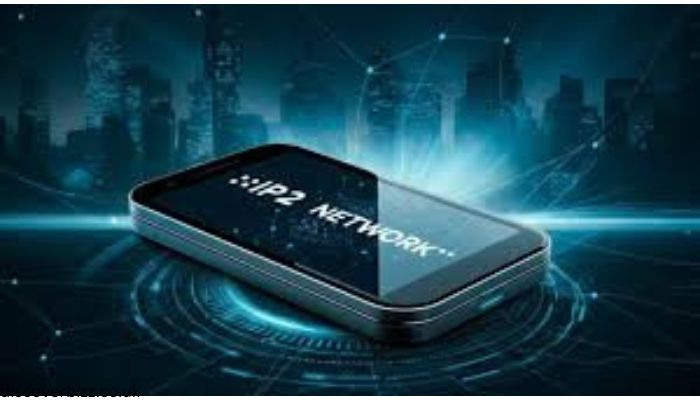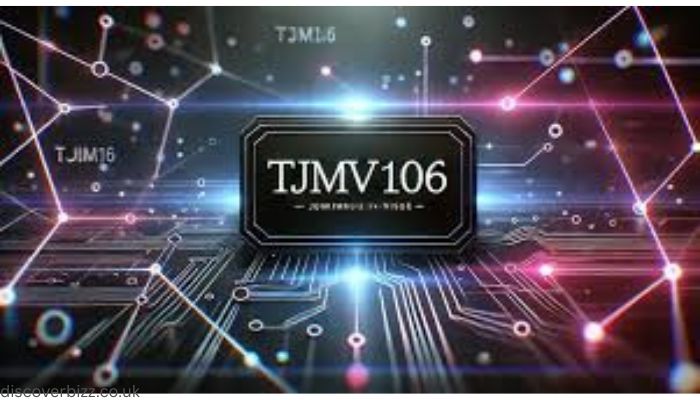IP2 Network Security: Top Techniques to Safeguard Your Information
The IP2 Network is a cutting-edge networking platform that enhances traditional IPv4 and IPv6 protocols by utilizing artificial intelligence-based routing to optimize data paths, reduce latency, and reduce congestion. Its peer-to-peer decentralized structure ensures no point of failure, making it better equipped to handle outages or attacks. IP2’s end-to-end encryption and AI-driven threat detection provide proactive security, while its power-saving protocols ensure sustainability.
What is an IP2 network exactly?
IP2 Network Overview
• A vast database linking IP addresses to various details.
• Geolocation: The geographical location associated with the IP address.
• Connection Type: Whether the connection is residential, business, or mobile.
• Proxy Detection: Identifies if the IP address is associated with a proxy server, VPN, or Tor exit node.
• Autonomous System Number (ASN): A unique identifier assigned to each network on the internet.
Features of IP2 Network
IP2 Network Benefits:
• Increased Performance and Speed: Minimizes latency and improves communication.
• Enhanced Security Features: Uses advanced encryption and AI for user anonymity and data protection.
• Scalability for Modern Demands: Adapts to accommodate increasing users and devices.
• Autonomous Network Management: Uses self-healing and predictive analytics for troubleshooting.
• Decentralized Architecture: Distributes data across connected nodes, making it more resilient to outages and cyberattacks.
• Improvements to QoS: Prioritizes significant traffic and adaptive bandwidth allocation for minimal service loss.
• Intelligent Routing Algorithms: Optimizes data routes with less traffic movement for a smoother internet experience.
A Comprehensive Guide to IP2 Network Configuration
IP2 Network Usage Guide
• Identify specific needs for IP2 Network usage: improve security, data gathering, geo-blocked content viewing.
• Choose the appropriate proxy package: SOCKS5 Residential Proxies, Static Residential ISP Proxies, or S5 Unlimited Proxies.
• Install the IP2 Proxy Manager: Set up proxy settings.
• Log in to your IP2World Account: View available proxies.
• Bind IP Addresses to Ports: Bind local ports to specific IP addresses for proxy connections.
• Configure Network Devices: Adjust proxy settings for secure data transmission.
• Test and Monitor the Network: Regularly check proxy connections’ performance.
Recognizing the Value of Data Security
Data protection is crucial in today’s digital landscape, as it safeguards sensitive data such as personal identification details, financial records, and proprietary business information. Breaching sensitive data can lead to severe consequences, including financial loss and reputational damage. Organizations must adhere to strict data handling and storage laws like GDPR or HIPAA, which can result in fines. Trust is essential in business relationships, and robust data protection strategies not only defend against cyber threats but also foster customer loyalty and confidence in an organization’s commitment to safety.
How to get started with IP2?
To start using the IP2 Network, identify your objectives and choose a reliable platform that supports your needs. Create an account and follow the verification prompts to ensure all required information is accurate. Explore tools and features specific to IP2 and familiarize yourself with its interface to maximize efficiency. Consider joining community forums or online groups focused on IP2 discussions to gain valuable insights and support as you navigate this innovative technology.
Applications of the IP2 Network
IP2 Network Applications
• Content Localization: Serves content in appropriate language and format based on user’s location, useful in e-commerce.
• Ad Targeting: Delivers targeted advertisements based on user’s location and demographic information.
• Fraud Prevention: Detects and prevents fraudulent activities by identifying users using proxies, VPNs, or Tor.
• Security: Enhances security by identifying suspicious traffic from specific geographic locations or IP address ranges.
• Digital Rights Management (DRM): Enforces digital rights restrictions based on user’s location.
• Geographic Routing: Optimizes network traffic routing based on location.
• Regulatory Compliance: Complies with regulations based on geographic location.
• Website Analytics: Understands geographic distribution of website visitors.
• Risk Scoring: Adds geographic component to risk scoring models.
• Cybersecurity and Threat Intelligence: Tracks and identifies malicious activity and cyberattacks.
Selecting a Network Provider for IP2
To choose a reliable data provider, consider their accuracy, update frequency, coverage, pricing, features, customer support, and data sources and methodology. Choose a provider with a reputation for accuracy and reliability, ensuring they update their data frequently. Ensure the provider has good coverage in important geographic regions, compare pricing, and consider important features like API access, downloadable databases, and web-based tools. Ensure the provider offers good customer support.
Conclusion
The IP2 network is revolutionizing internet connectivity with its decentralized architecture, offering enhanced user experience and security. Its versatility allows for diverse applications across industries, making it appealing for businesses and individuals. However, users should be aware of the challenges involved in adopting this technology. As interest in decentralized networks grows, embracing IP2 could position users ahead of the curve, improving privacy and streamlining operations. The future of networking may lie within this innovative framework. Read More








Post Comment